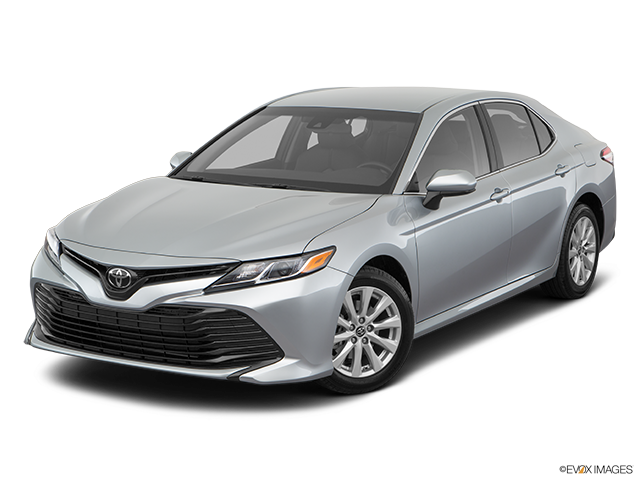
A sway bar is a component of the suspension system found on many vehicles on the road today. Also known by other names - anti-sway bar, anti-roll bar, and stabilizer bar - the sway bar helps your vehicle to resist leaning or “swaying” when going around a turn.
Whenever you travel around a turn, the vehicle’s weight leans toward the outside of the turn. For instance, if you are turning left, the body rolls to the right. In the process, its weight is applied excessively to the tires on the right side. At the same time, weight is reduced on the tires on the left side. This rolling or swaying can be uncomfortable. But more than that, it can become dangerous as the tires no longer maintain proper alignment with the road and are unable to grip the surface of the ground.
Made of spring steel, the sway bar connects the left and right sides of the suspension to one another and to the body of your vehicle. Some vehicles have both a front and a rear sway bar. The sway bar resists the weight shift in turns and balances out the force of your tires against the ground.
Sway bars do not tend to deteriorate gradually. At least, the symptoms of a bad sway bar do not come on slowly over time. It is more likely that you would hear signs of bad sway bar bushings (such as squeaks) or failed sway bar links (rattles or clicks) when you go over bumps.
If your sway bar does break, you will probably notice a clunking sound right away. You may also detect a problem when you take a turn as your vehicle leans excessively to one side. Your vehicle might also swerve as traction and stability are compromised.
Many sway bars, however, last the lifetime of the vehicle.
If a sway bar needs to be replaced, a technician will need to lift and support your vehicle off of the ground to relieve tension from the weight of the vehicle. The tires and wheels will need to be removed for access. From there, the procedure depends, in part, on the vehicle make and model. It also depends on whether the sway bar to be replaced is located on the front or rear of your vehicle.
Other steps include:
This is demo Question
This is demo Answer